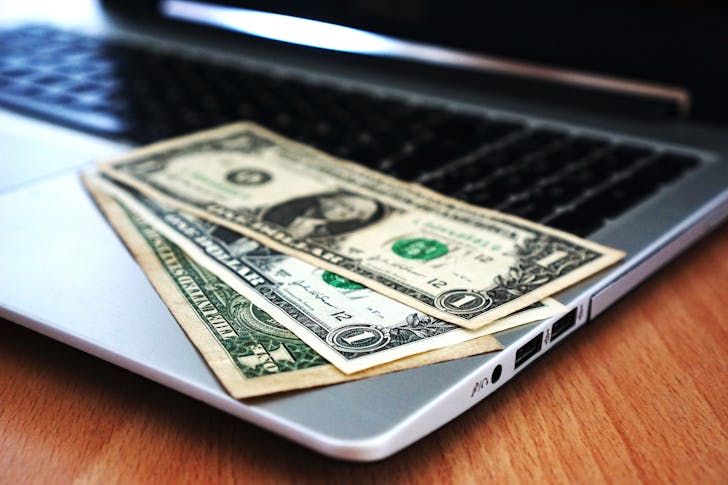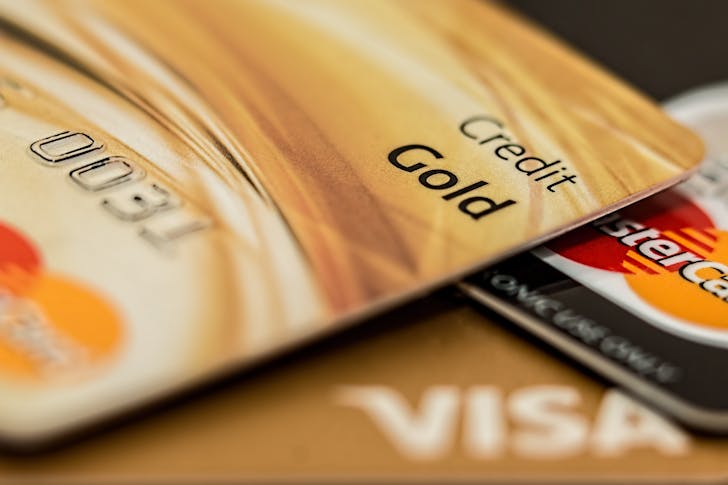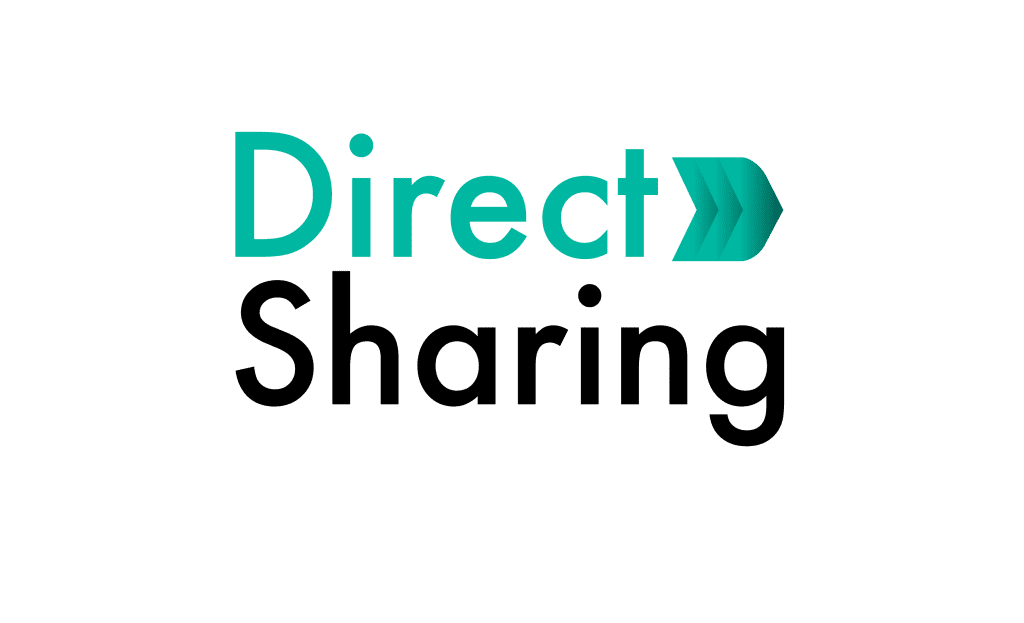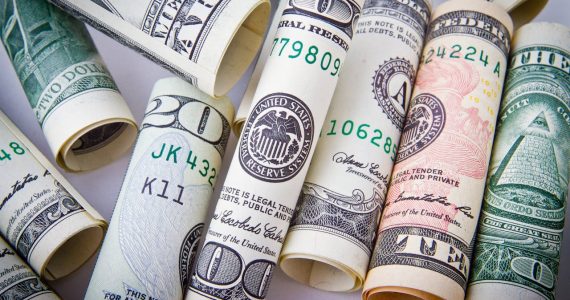The Federal Reserve made two back-to-back interest rate cuts this fall. If you are wondering how that affects your money, you are not alone. From mortgages to savings to your 401(k), the ripple effects are already being felt.
To begin with, mortgage rates are slipping. While the Fed doesn’t directly set mortgage rates, its actions have a strong influence on them. The recent cuts have pushed 30-year fixed rates down, giving homebuyers some much-needed breathing room. Lower rates mean smaller monthly payments.

If you have a Home Equity Line of Credit (HELOC), you will notice the drop even faster. HELOCs have variable rates that typically shift within weeks of a Fed change. That means your next bill could be smaller. If you have been holding off on tapping your equity for a remodel or emergency, this could be the moment to move carefully.
Credit Card Debt Still Hurts
Don’t expect miracles on your credit card bill. While the Fed cuts influence variable rates, such as those on credit cards, the typical APR remains above 20%. A quarter-point drop won’t change much if you are carrying a balance.
Want relief? Look for a 0% balance transfer offer. Some credit card companies offer no-interest periods that can give you breathing room. Or, call your lender and ask for a better rate. It sounds awkward, but it works more often than you might think.
Auto Loans
Car loans are a little more forgiving after these rate cuts, but don’t expect deep discounts overnight. New loan rates are slightly lower than they were earlier this year. Still, your credit score does more heavy lifting than the Fed here. Better credit equals better deals, simply put.
If you are considering buying a car, consider keeping the loan term short. Long-term loans may seem attractive with lower payments, but they accumulate more interest over time. A shorter loan might cost more each month, but it saves you thousands in the long run.

If you are keeping your emergency fund in one of these accounts, keep an eye on the rate. Online banks are still paying better than big-name brick-and-mortar ones, so don’t settle.
CDs (Certificates of Deposit) are your best shot at locking in decent yields for now. If you’re unsure where rates are headed, no-penalty CDs offer flexibility. You get a good return and can still pull out your money if something better pops up.
Don’t Let Cash Sit for Too Long
When interest rates fall, cash loses its edge. If you’ve been parking money in a savings account waiting for clarity, now is the time to rethink. Look at short-term bond funds. They offer better returns than cash without locking you in for the long term.
Equities also deserve a second look, especially big, stable companies. These firms tend to weather rate changes better than smaller, riskier stocks. You don’t need to time the market perfectly. Just stay smart about where your money is working hardest.
Remember, diversification is key, especially in a rate-cut cycle. Real assets like REITs (Real Estate Investment Trusts) or commodities can give your portfolio a bit more muscle. These assets often move differently from stocks and bonds, which helps spread risk.




